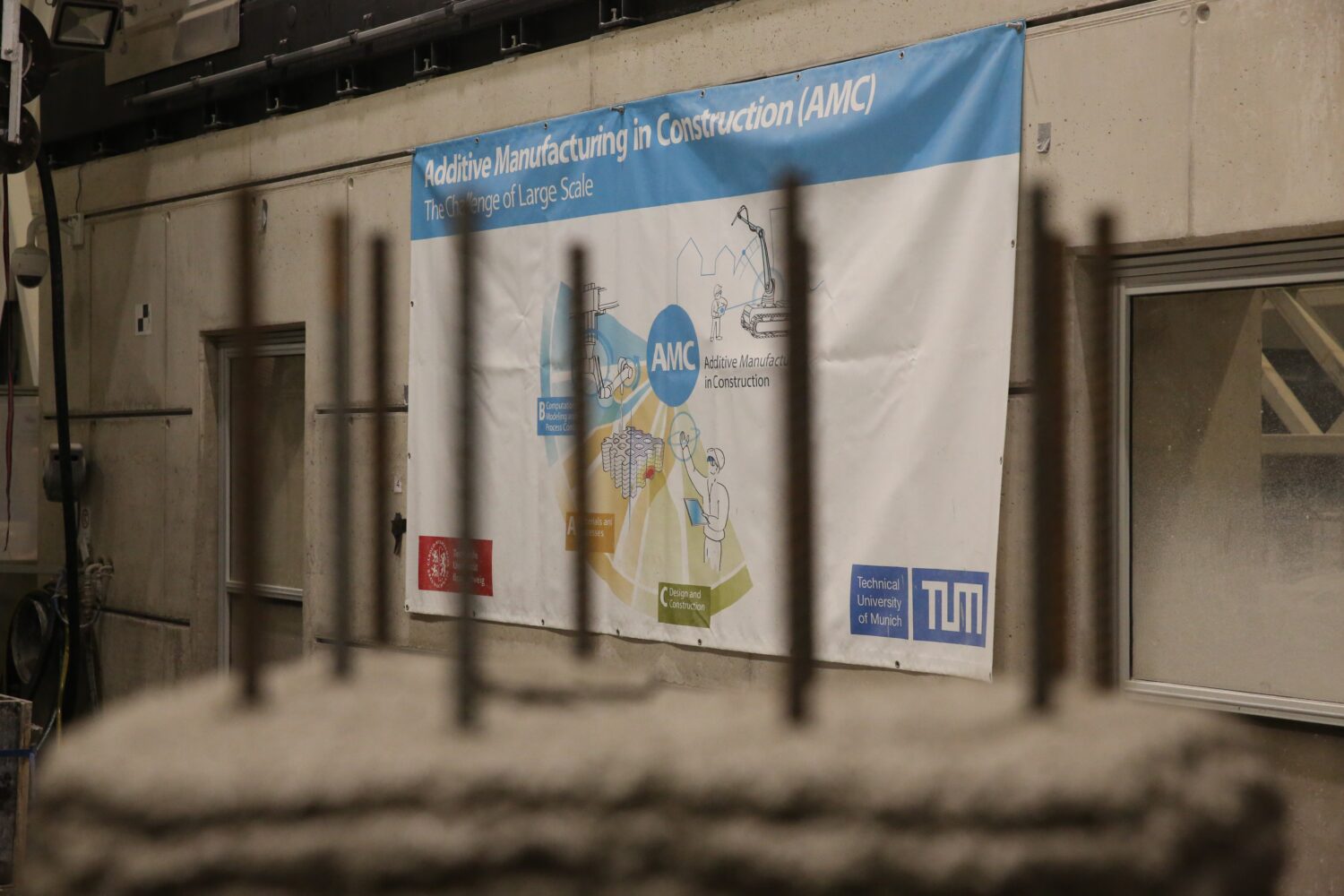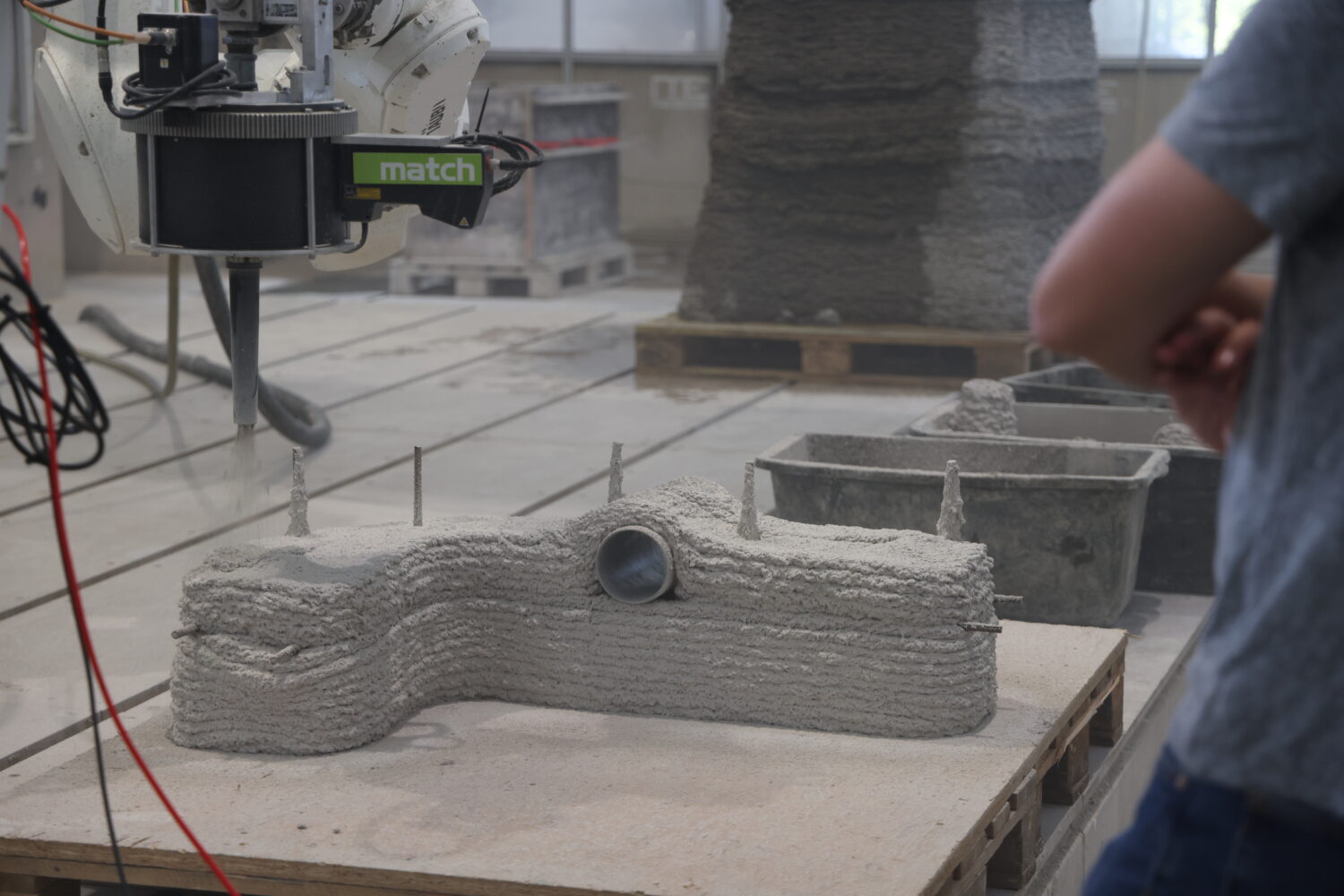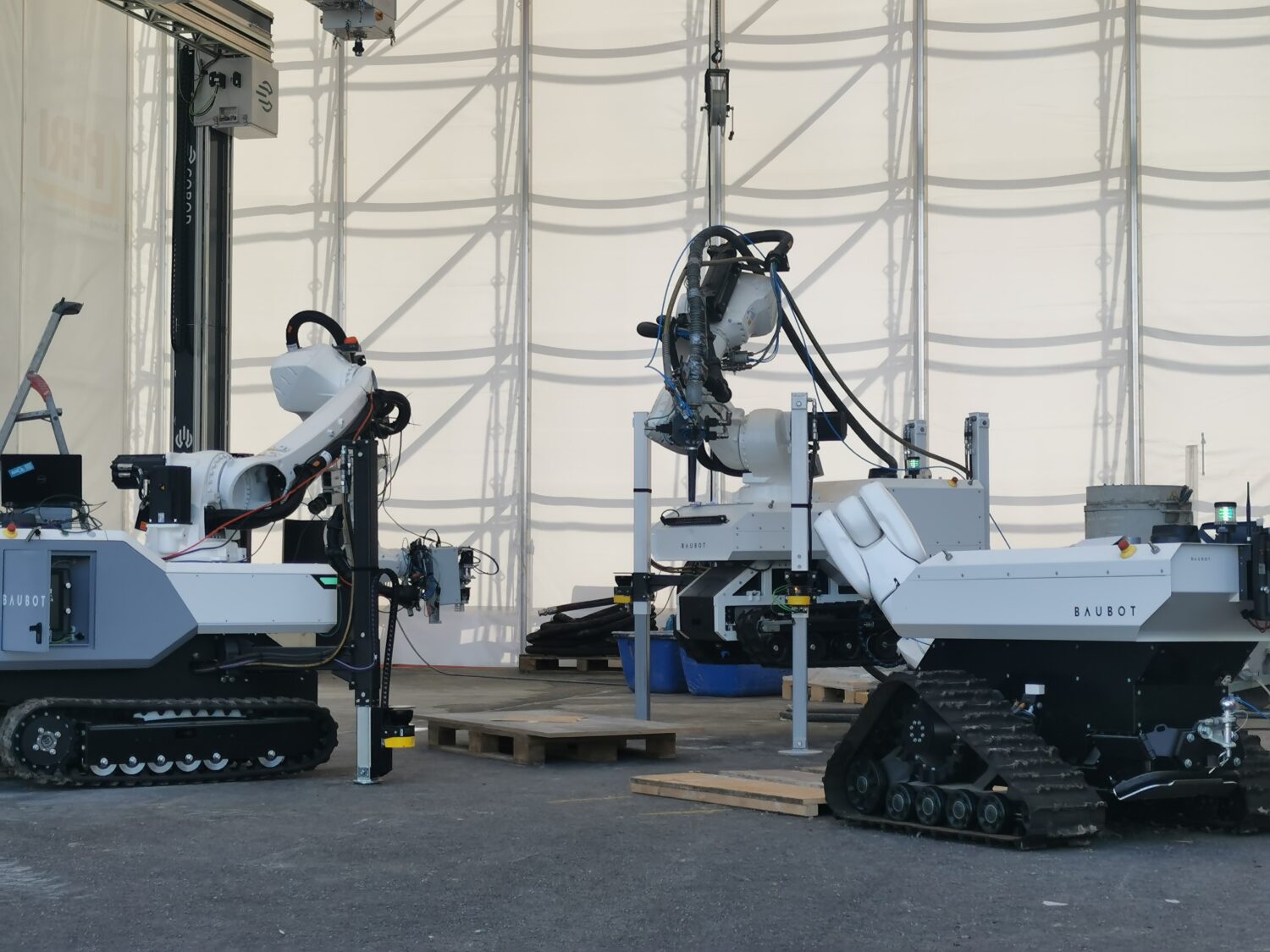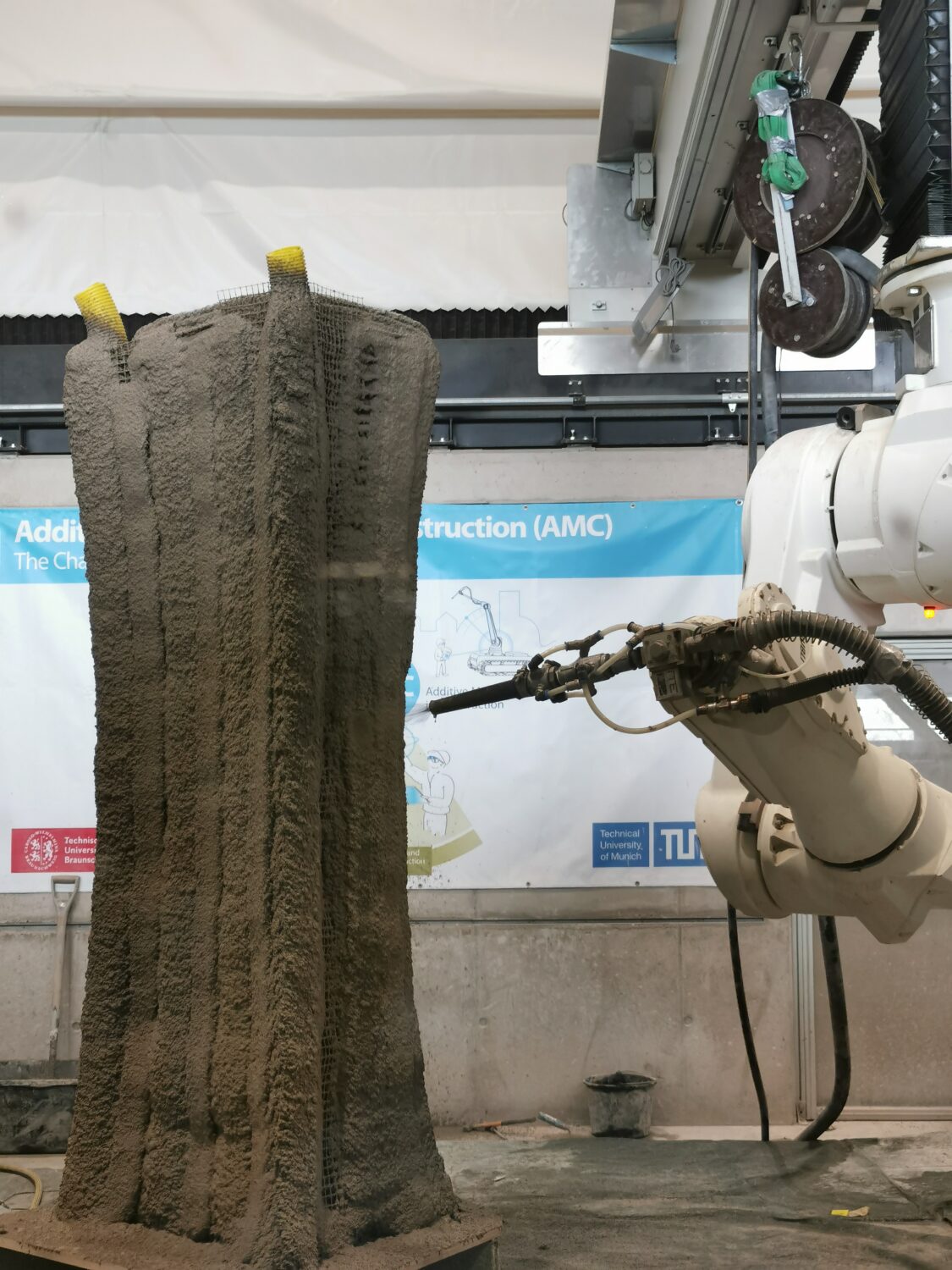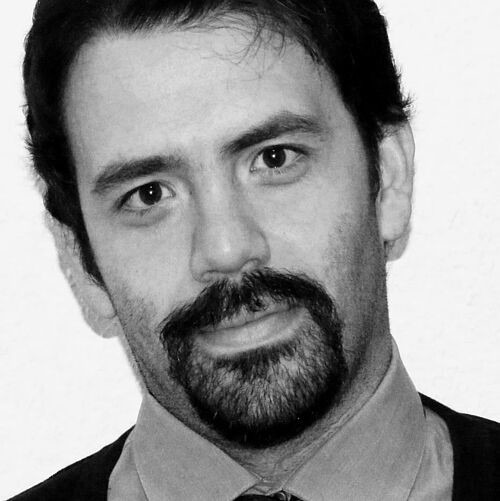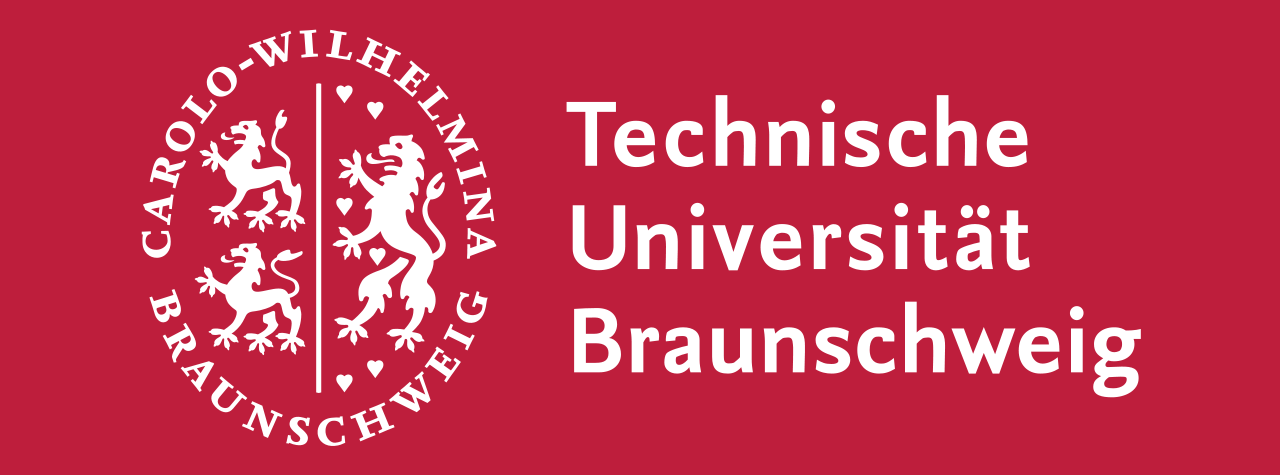Project A 04
![]()
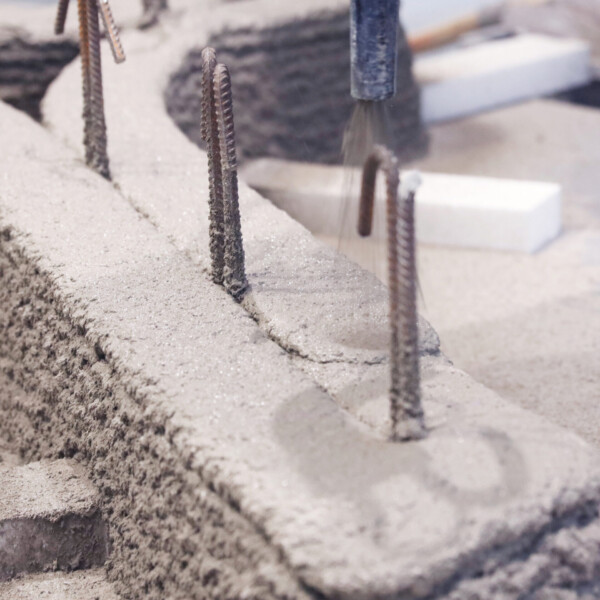
Networking with other projects
Poster
TRR277_A04_Poster_1-DFG-BegutachtungTRR277_A04_Poster_2-DFG-Begutachtung
Integrated Additive Manufacturing Processes for Reinforced Shotcrete 3D Printing (SC3DP) Elements with Precise Surface Quality
The project aims to fundamentally understand the Shotcrete 3D Printing (SC3DP) technology to manufacture sustainable, multi-objective optimised, reinforced concrete components with precise surface quality and improved building physics via functional integration. It seeks to minimise the carbon footprint of 3D printed structures by exploring various material strategies, such as reducing cement content by increasing the aggregate size or replacing cement with a different binder and design methods to optimise the usage of concrete in order to decrease the overall concrete volume used. Additionally, it focuses on establishing a reliable material and process control, emphasising fresh material laws for printability and durability, real-time monitoring of concrete properties, and component build-up strategies.
Objective
- Increase sustainability of printed materials and structures
- Investigate material properties and process interactions
- Investigation of the durability behaviour and development of new assessment methods for the durability of 3D printed concrete
- Develop new reinforcement processes
- Explore novel surface designs & surface qualities
- Expand to on-site SC3DP
Methods
- Evolutionary algorithms for force-flow-based designs and reinforcement layouts
- Adaptive control algorithms for process and material monitoring
- Experimental studies on fresh-state mechanics and rheology
- Durability testing of printed materials
- Combined reinforcement strategies evaluation, considering design and bond behaviour
- End effectors development for automated reinforcement and free-form surface processing
Networking with other projects
The A04 Project is linked to many other projects on three different Layers. Firstly, the process of SC3DP serves especially the C-Projects as basis for their research as A04 provides test-specimens and data of 3D-printed concrete e.g. for milling connections in C05. Secondly, A04 cooperates with B03 and B04 to monitor the process and its parameters to make it more stable and develop simulations of the process. Lastly, the A-Projects themselves exchange process parameters and techniques for reinforcement integration methods for e.g. post processing of concrete or end effector designs.
Project leaders
Dröder, Klaus Prof. Dr.-Ing.
advises the scientific staff in continuous consideration of the defined research objectives and investigates opportunities to generate novel research projects and publications. He is responsible for the content and organisational coordination of all work on the part of IWF.
Project(s)
Integrated Additive Manufacturing Processes for Reinforced Shotcrete 3D Printing (SC3DP) Elements with Precise Surface Quality
Kloft, Harald Prof. Dr.-Ing.
leads the scientific staff in the orientation and execution of the design process creation and supports them in an advisory capacity in the creation of test geometries and demonstrators. He is responsible for the content and organisational coordination of all work on the part of ITE. He instructs the research engineer at ITE in the conceptual structure, execution and evaluation of the theoretical and experimental research work. He is the spokesperson of the TRR 277.
Project(s)
Integrated Additive Manufacturing Processes for Reinforced Shotcrete 3D Printing (SC3DP) Elements with Precise Surface Quality
Wire and Arc Additive Manufacturing (WAAM) of Complex Individualized Steel Components
Earth Additive Manufacturing (EAM) – Material and Process Combinations for AM with Earth-based Materials
Jointing Principles for Combination of Concrete Elements Produced by Different Additive Manufacturing Processes
Central Tasks of the AMC
Lowke, Dirk Prof. Dr.-Ing.
Prof. Dr.-Ing. Dirk Lowke is Chair of Materials and Methods in Digital Construction. He will advise the scientific staff in carrying out their work in line with the formulated project aims. He is responsible for the coordination and quality control of all work conducted by the Chair of Materials and Methods in Digital Construction at the Department of Materials Engineering at TU Munich.
Project(s)
Particle-Bed 3D Printing by Selective Cement Activation (SCA) – Sustainability, process enhancement and material models
Integrated Additive Manufacturing Processes for Reinforced Shotcrete 3D Printing (SC3DP) Elements with Precise Surface Quality
Contributors
Baghdadi, Abtin Dr.-Ing.
is a research associate at Institute of Structural Design (ITE) of TU Braunschweig. He is responsible for experimental, theoretical and numerical research work as well as for the coordination of the cooperations within the SFB.
Project(s)
Integrated Additive Manufacturing Processes for Reinforced Shotcrete 3D Printing (SC3DP) Elements with Precise Surface Quality
Jointing Principles for Combination of Concrete Elements Produced by Different Additive Manufacturing Processes
Böhler, David M. Sc.
is a research assistant at the Technical University of Munich in the group of Prof. Dr. Lowke. Together with Jennifer Rudolph, he will lead and organise the material development and testing programme as well as the data analysis and material modelling within the Lowke group. David Böhler will focus on investigating the durability of 3D printed concrete.
Project(s)
Integrated Additive Manufacturing Processes for Reinforced Shotcrete 3D Printing (SC3DP) Elements with Precise Surface Quality
David, Martin M. Sc.
is a doctoral researcher at the Institute for Machine Tools and Production Technology (IWF) at TU Braunschweig. He is working on the development of different end effectors for an automated concrete reinforcement as well as the surface processing of printed SC3DP elements. Additionally he is developing different nozzle geometries for the SC3DP process. Moreover, he will frequently publish the resul…
Project(s)
Integrated Additive Manufacturing Processes for Reinforced Shotcrete 3D Printing (SC3DP) Elements with Precise Surface Quality
Dörrie, Robin M. Sc.
is a doctoral researcher for the duration of the research project. He is leading the A04 project and organising the development of new concepts and strategies for the integration of reinforcement in SC3DP elements. Furthermore he is investigating the SC3DP process, its limitations and the spatial effect for the application in architecture and design within the work group of Prof. Dr.-Ing. Harald K…
Project(s)
Integrated Additive Manufacturing Processes for Reinforced Shotcrete 3D Printing (SC3DP) Elements with Precise Surface Quality
Freund, Niklas M. Sc.
is a doctoral researcher for the duration of the research project. He will lead and organise the material development and testing program as well as the data evaluation and material modelling work within WG Lowke. Moreover, he will frequently publish the results achieved within the community.
Project(s)
Integrated Additive Manufacturing Processes for Reinforced Shotcrete 3D Printing (SC3DP) Elements with Precise Surface Quality
Megnet, Manuel M. Sc.
is a doctoral researcher at the Institute for Machine Tools and Production Technology (IWF) at TU Braunschweig. He is working on the development of different end effectors for an automated concrete reinforcement. Additionally he is developing different nozzle geometries for the SC3DP process. Moreover, he will frequently publish the results achieved within the community.
Project(s)
Integrated Additive Manufacturing Processes for Reinforced Shotcrete 3D Printing (SC3DP) Elements with Precise Surface Quality
Opolka, Anna Marie M. Sc.
is a doctoral researcher at the Institute for Machine Tools and Production Technology (IWF) at TU Braunschweig. She is specialized in robotic manufacturing processes, especially for additive manufacturing and supports the development for the processing of printed SC3DP elements within project A04.
Project(s)
Integrated Additive Manufacturing Processes for Reinforced Shotcrete 3D Printing (SC3DP) Elements with Precise Surface Quality
Rudolph, Jennifer
is a research assistant at the Technical University of Braunschweig in the group of Prof. Dr. Lowke. Together with David Böhler, she will lead and organise the material development and testing programme as well as the data analysis and material modelling within the Lowke group. Jennifer Rudolph will focus on investigating the mix designs as well as the environmental and rheological optimisation of…
Project(s)
Integrated Additive Manufacturing Processes for Reinforced Shotcrete 3D Printing (SC3DP) Elements with Precise Surface Quality
Related Publications
Investigation on process guidelines and geometric capabilities for robust shotcrete 3D printing2025 | R. Dörrie, L. Lachmayer, A. Baghdadi, M. David, K. Dröder, A. Raatz, H. Kloft: Investigation on process guidelines and geometric capabilities for robust shotcrete 3D printing Materials & Design, 2025, 115050, https://doi.org/10.1016/j.matdes.2025.115050
Data |LeoPARD, 2025, https://doi.org/10.24355/dbbs.084-202510271126-0
2024 | R. Dörrie, M. David, N. Freund, D. Lowke, K. Dröder, H. Kloft: Surface Processing of Shotcrete 3D Printed Concrete Elements Using a Rotating Trowel Disc–Influence of Timing on Resulting Surface Quality RILEM International Conference on Concrete and Digital Fabrication, pp. 397-404, Cham: Springer Nature Switzerland.
2024 | R. Dörrie, H. Kloft, B. Sawicki, N. Freund, D. Lowke: Automated Reinforcement Integration in Shotcrete 3D Printing Through Green State Milling RILEM International Conference on Concrete and Digital Fabrication, pp. 319-326, Cham: Springer Nature Switzerland, https://doi.org/10.1007/978-3-031-70031-6_37
Data | Photographs of cross-section of automated reinforcement integration in Shotcrete 3D Printing through green state milling, LeoPARD, 2024, https://doi.org/10.24355/dbbs.084-202403201419-0
2024 | J. V. Rudolph, D. Lowke: Design and Characterisation of a Two-Component Mortar System for Shotcrete 3D Printing: An Approach to the Targeted Control of Material Properties Proceedings of the RILEM International Conference on Concrete and Digital Fabrication, 217–224, Cham: Springer Nature Switzerland, 2024. https://doi.org/10.1007/978-3-031-70031-6_26
2024 | M. David, K. Dröder: Robot-Guided End Effector for an Automated Finishing of Concrete Free-Form Surfaces Fourth RILEM International Conference on Concrete and Digital Fabrication Munich, RILEM Bookseries, Volume 53, Springer, 2024, https://doi.org/10.1007/978-3-031-70031-6_7
Data | Bild- und Videodaten zu Versuchsreihe “Verformung von flexiblem Oberflächenendeffektor”, LeoPARD, 2025, https://doi.org/10.24355/dbbs.084-202503071410-0.
2024 |N. Freund, M. David, K. Dröder, D. Lowke: Vibrated Short Rebar Insertion – The Effect of Integration Time on the Resulting Bond Quality, Proceedings of Fourth RILEM International Conference on Concrete and Digital Fabrication (DC 2024), RILEM Bookseries, vol. 53, Springer, Cham, 2024, https://doi.org/10.1007/978-3-031-70031-6_38.
2024 |D. Böhler, I. Mai, D. Lowke: Durability of 3D Printed Concrete: A Comparison of Extrusion 3D Printing, Shotcrete 3D Printing and Conventional Casting, Fourth RILEM International Conference on Concrete and Digital Fabrication Munich, RILEM Bookseries, vol 53, Springer, 2024, https://doi.org/10.1007/978-3-031-70031-6_33
2023 |D. Böhler, N. Freund, I. Mai, D. Lowke: Shotcrete 3D printing – effect of material‐process interaction on the global and local material density, ce/papers, 2023, 6, 770–776, https://doi.org/10.1002/cepa.2822
2023 | David, M., Freund, N., Dröder, K., Lowke, D.: The effects of nozzle diameter and length on the resulting strand properties for shotcrete 3D printing. In: Material and Structures 56, 157 (2023).
https://doi.org/10.1617/s11527-023-02246-1
2023 | R. Dörrie, N. Freund, E. Herrmann, A. Baghdadi, I., Mai, F. Galli, M. David, K. Dröder, D. Lowke, H. Kloft: Automated force-flow-oriented reinforcement integration for Shotcrete 3D Printing. In: Automation in Construction, 155, p.105075, https://doi.org/10.1016/j.autcon.2023.105075
https://doi.org/10.3390/buildings12111806
2023 | N. Freund, M. David, D. Böhler, I. Mai, S. Ullmann, K. Dröder, D. Lowke: Shotcrete 3D Printing – Interaction of nozzle geometry, homogeneity and hardened concrete properties. In: International Conference on Building Materials (ibausil) 2023
2023 | D. Böhler, N. Freund, I. Mai, D. Lowke, D: Shotcrete 3D Printing – Effect of material-process interaction on the global and local material density. In: International Conference on Building Materials (ibausil) 2023
2022 | R. Dörrie, V. Laghi, L. Arrè, G. Kienbaum, N. Babovic, N. Hack, H. Kloft: Combined Additive Manufacturing Techniques for Adaptive Coastline Protection Structures. In: Buildings, vol. 12, no. 11, p. 1806, 2022.
https://doi.org/10.3390/buildings12111806
2022 | R. Dörrie, and H. Kloft: Force-Flow compliant robotic path planning approach for reinforced concrete elements. In Proc. Int. Conf. on Concrete and Digital Fabrication, 2022, pp. 370-375.
2022 | Ekanayaka, V.; Hürkamp, A. : Implementation of a surrogate model for a novel path-based finite element simulation for additive manufacturing processes in construction. In: PAMM. (2022.)
2022 | Lowke, D.; Gehlen, C.; Kloft, H.; Freund, N.; Matthäus, C.: Bewehrungskonzepte beim 3D-Druck von Konstruktionsbeton. In: BfT International, 02.2021, S. 92.
2022 | Buswell, R. A.; Bos, F. P.; Leal da Silva, W. R.; Hack, N.; Kloft, H.; Lowke, D.; Freund, N.; Fromm, A.; Dini, E.; Wangler, T.; Lloret-Fritschi, E.; Schipper, R.; Mechtcherine, V.; Perrot, A.; Vasilic, K.; Roussel, N.: Digital Fabrication with Cement-Based Materials: Process Classification and Case Studies. In: Roussel, N. and Lowke, D. (2022). Digital Fabrication with Cement-Based Materials (Reports 36). RILEM State-of-the-Art. DOI: https://doi.org/10.1007/978-3-030-90535-4_2
2022 | Asprone, D.; Menna, C.; Bos, F.; Mata-Falcón, J.; Ferrara, L.; Auricchio, F.; Cadoni, E.; Cunha, V. M. C. F.; Esposito, L.; Fromm, A.; Grünewald, S.; Kloft, H.; Mechtcherine, V.; Naidu Nerella, V.; Schipper, R.: Structural Design and Testing of Digitally Manufactured Concrete Structures. In: Roussel, N. and Lowke, D. (2022). Digital Fabrication with Cement-Based Materials (Reports 36). RILEM State-of-the-Art. DOI: https://doi.org/10.1007/978-3-030-90535-4_6
2022 | Freund, N., & Lowke, D.: Interlayer Reinforcement in Shotcrete-3D-Printing: Interlayer Reinforcement in Shotcrete-3D-Printing: The Effect of Accelerator Dosage on the Resulting Bond Behavior of Integrated Reinforcement Bars. In: Open Conference Proceedings, 1, 83–95, 2022
https://doi.org/10.52825/ocp.v1i.72
2021 | Mai, I.; Brohmann, L.; Freund, N.; Gantner, S.; Kloft, H.; Lowke, D.; Hack, N.: Large Particle 3D Concrete Printing – A Green and Viable Solution. In: Materials, 14, 6125, 2021. DOI: https://doi.org/10.3390/ma14206125.
2021 | Mechtcherine, V.; Buswell, R.; Kloft, H.; Bos, F. P.; Hack, N.; Wolfs, R.; Sanjayan, J.; Nematollahi, B.; Ivaniuk, E.; Neef, T.: Integrating reinforcement in digital fabrication with concrete: A review and classification framework. In: Cement and Concrete Composites, 119, 2021. – DOI: https://doi.org/10.1016/j.cemconcomp.2021.103964.
2021 | Lachmayer, L.; Dörrie, R.; Kloft,H.; Raatz, A.: Automated shotcrete 3D printing – Printing interruption for extended component complexity. In: ISARC, 2021.
2021 | Baghdadi, A.; Doerrie, R.; Kloft, H.: New calculation approach for selecting and orienting the reinforcing material for robotic concrete manufacturing. In: Proceedings of the IASS Annual Symposium 2020/21 and the 7th International Conference on Spatial Structures Inspiring the Next Generation. 23 – 27 August, Guilford, UK, 2021.
2021 | Lowke, D.: Injection 3D concrete printing in a carrier liquid – Underlying physics and applications to lightweight space frame structures. In: Cement and Concrete Composites, 2021. – DOI: https://doi.org/10.1016/j.cemconcomp.2021.104169.
2021 | Lowke, D.; Gehlen, C.; Kloft, H.; Freund, N.; Matthäus, C.: Bewehrungskonzepte beim 3D-Druck von Konstruktionsbeton. In: BfT International, 02.2021, S. 92, 2021.
2021 | Gehlen, C.; Lowke, D.; Weger, D.; Dreßler, I.: Dauerhaftigkeit – Potenzial additiver Fertigung und Performance im Vergleich zu konventioneller Fertigung. In: BfT International, 02.2021, S. 94, 2021.
2020 | Hack, N.; Kloft, H.; Lowke, D.: Additive Fertigung im Bauwesen: 3D-Betondruck als eine Schlüsseltechnologie für die Digitalisierung der Bauwirtschaft. In: Ingenieurbaukunst 2020 – Made in Germany, Jahrbuch der Bundesingenieurkammer, S. 178-183, 2020.
2020 | Kloft, H.; Krauss, H.-W.; Hack, N.; Herrmann, E.; Neudecker, S.; Varady, P.; Lowke, D.: Influence of process parameters on the interlayer bond strength of concrete elements additive manufactured by Shotcrete 3D Printing (SC3DP). In: Cement and Concrete Research 134, 2020. – DOI: https://doi.org/10.1016/j.cemconres.2020.106078.
2020 | Kloft, H.; Empelmann, M.; Hack, N.; Herrmann, E. Lowke, D.: Bewehrungsstrategien für den Beton-3D-Druck. In: Beton- und Stahlbetonbau 115, 2020. – DOI: https://onlinelibrary.wiley.com/doi/epdf/10.1002/best.202000032.
2020 | Freund, N.; Dressler, I.; Lowke, D.: Studying the Bond Properties of Vertical Integrated Short Reinforcement in the Shotcrete 3D Printing Process. In: RILEM Bookseries 28, pp. 612–621, 2020. – DOI: https://doi.org/10.1007/978-3-030-49916-7_62.
2020 | Dressler, I.; Freund, N.; Lowke, D.: Control of Strand Properties Produced with Shotcrete 3D Printing by Accelerator Dosage amd Process Parameters. In: RILEM Bookseries 28, pp. 42–52, 2020. – DOI: https://doi.org/10.1007/978-3-030-49916-7_5.
2020 | Baghdadi, A.; Heristchian, M.; Ledderose, L.; Kloft, H.: Experimental and numerical assessment of new precast concrete connections under bending loads. In: Engineering Structures 212, ELSEVIER, 2020. – DOI: https://doi.org/10.1016/j.engstruct.2020.110456.
2020 | Buswell, R.A.; Leal da Silva; W.R.; Bos, F.P.; Schipper, H.R.; Lowke, D.; Hack, N.; Kloft, H.; Mechtcherine, V.; Wangler, T.; Roussel, N.: A process classification framework for defining and describing Digital Fabrication with Concrete. In: Cement and Concrete Research 134, 2020. – DOI: https://doi.org/10.1016/j.cemconres.2020.106068.
2020 | Dreßler, I.; Freund, N.; Lowke, D.: The Effect of Accelerator Dosage on Fresh Concrete Properties and on Interlayer Strength in Shotcrete 3D Printing. In: Materials 2020, 13, 374, 2020. – DOI: https://doi.org/10.3390/ma13020374.
2020 | Lowke, D.: Herausforderungen für einen traditionellen Werkstoff auf dem Weg in die Zukunft – Digitaler Beton. In: BFT International, 02-2020, Vol. 86, S. 75, 2020.
2020 | Hack, N.; Dressler, I.; Brohmann, L.; Gantner, S.; Lowke, D.; Kloft, H.: Injection 3D Concrete Printing (I3DCP): Basic Principles and Case Studies. In: Materials 2020, 13, 1093, 2020. – DOI: https://doi.org/10.3390/ma13051093.
More projects of
Focus Area A
Particle-Bed 3D Printing by Selective Cement Activation (SCA) – Sustainability, process enhancement and material models
Particle-Bed 3D Printing by Selective Cement Paste Intrusion (SPI) – Particle Surface Functionalisation, Particle Synthesis and Integration of WAAM Reinforcement
Extrusion of Near-Nozzle Mixed Concrete –Individually Graded in Density and in Rate of 3D Fibre Reinforcement
Integration of Individualized Prefabricated Fibre Reinforcement in Additive Manufacturing with Concrete
Laser Powder-Bed Fusion (LPBF) of Steel Elements for Construction – Basics of Design and Mechanical Resilience.
Wire and Arc Additive Manufacturing (WAAM) of Complex Individualized Steel Components
Structural Timber by Individual Layer Fabrication (ILF)
Injection 3D Concrete Printing (I3DCP) – Material Efficient Lightweight Reinforced Concrete Structures Based on Spatially Complex Strut-and-Tie-Models
Earth Additive Manufacturing (EAM) – Material and Process Combinations for AM with Earth-based Materials

